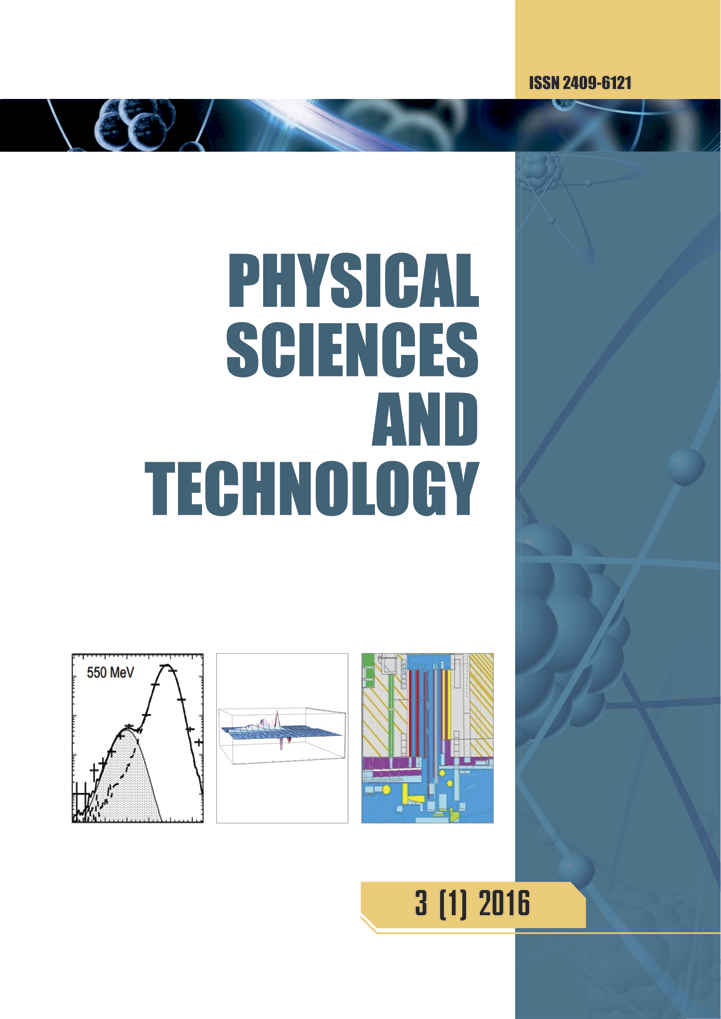Earth sensing capabilities yesterday and today
DOI:
https://doi.org/10.26577/phst.2021.v8.i1.03Abstract
At present, the expansion of the orbital constellation of Earth remote sensing satellites continues. The
technical characteristics of the imaging equipment are being improved. The article discusses the main
reasons for the inaccurate referencing of Earth remote sensing data, namely, the errors in measuring the
parameters of the orbit and the error in the orientation of the spacecraft. It has been established that the
Glonass / GPS systems are responsible for the first error, and the devices for determining the coordinates
of stars (orientation sensors by stars) are responsible for the second. The analysis of the modern devices
characteristics for determining the stars coordinates of spacecraft from well-known world companies has
been carried out.
It has been established that the results of measurements of these systems and devices must be taken into
account in the geometric correction of images. The problems associated with the stages of development,
production and control tests of the performance of these devices have been identified. The solution of these
problems will make it possible to equip spacecraft for remote sensing of the Earth with star sensors, which,
working in conjunction with imaging equipment, will be able to provide the required characteristics of the
images obtained with a spatial resolution of less than 40-50 cm and a spatial reference accuracy of 2-3 m.
The accuracy of devices measurement for determining the coordinates of stars affects the accuracy of the
images binding of Earth remote sensing. It was found that the accuracy sensor characteristics of the Space
Research Institute of Russian Academy of Sciences are in the range from 1 arc.sec. up to 2 arc.sec. The
main contribution to the error is made by the standard deviation of measurements carried out with the help
of devices for determining the coordinates of the stars (random error).
Key words: remote sensing, star sensor, error, orientation.




